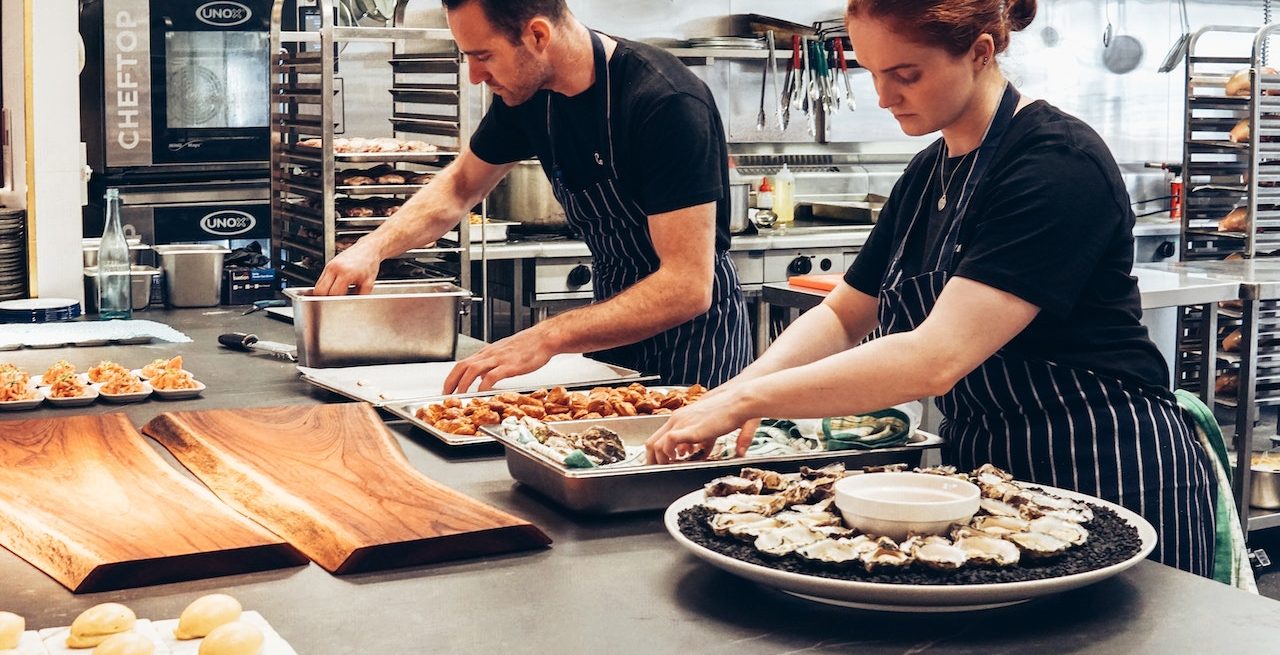On World Food Safety Day, Here’s How Internet of Things Solutions Can Help
4 Min Read By Tom Woodbury
In the food services industry, safety is paramount to protect customers, brand reputation, and, ultimately, profits. Food that is not stored or handled properly can result in serious, even deadly, illnesses. In fact, the World Health Organization reports that on average, 1,600,000 people get sick each day due to unsafe food. That’s why World Food Safety Day aims to promote food safety globally and celebrate the efforts being made to prevent foodborne illness.
Today, technology is revolutionizing food safety practices by enabling centralized and automated solutions. This has led to exponential growth in digital food safety across the industry. In fact, the growth of digital food management solutions from 2021 to 2026 is predicted to be $2.39 billion – with the food safety segment being the largest contributor to market growth.
In addition to protecting customers, there are several other factors driving the need for digital food safety solutions including, increasing food…
Sorry, You've Reached Your Article Limit.
Register for free with our site to get unlimited articles.
Already registered? Sign in!


